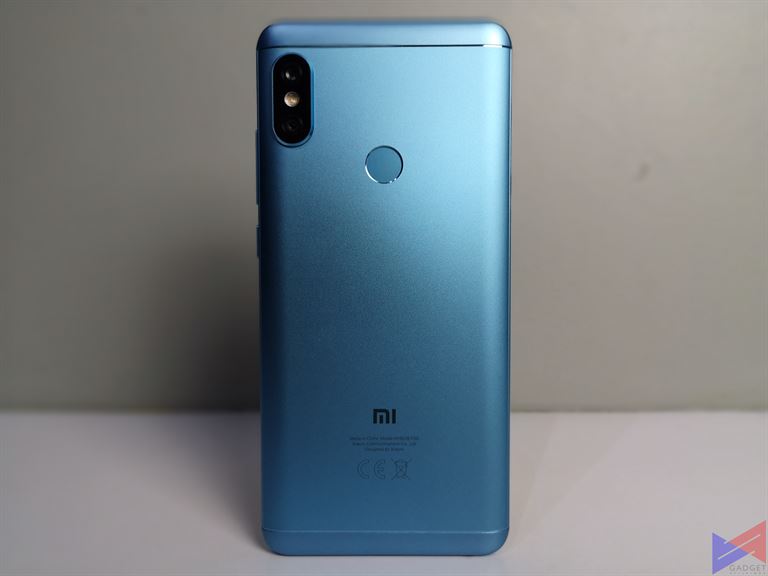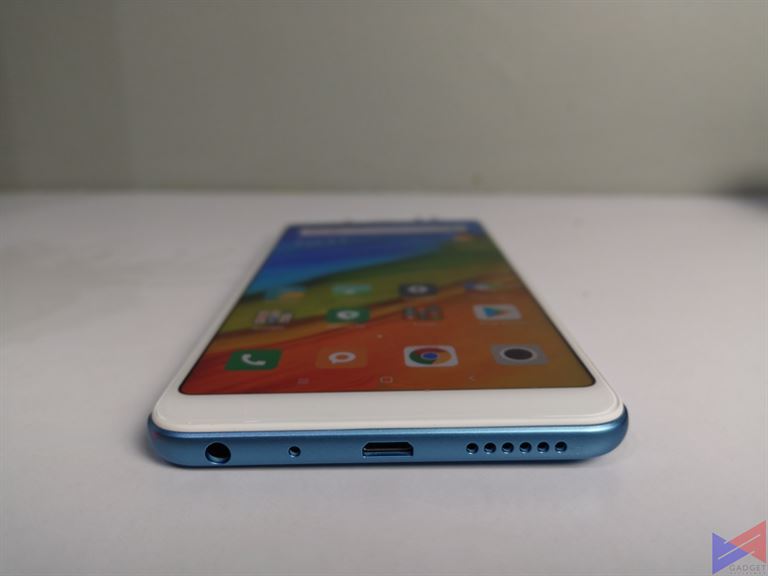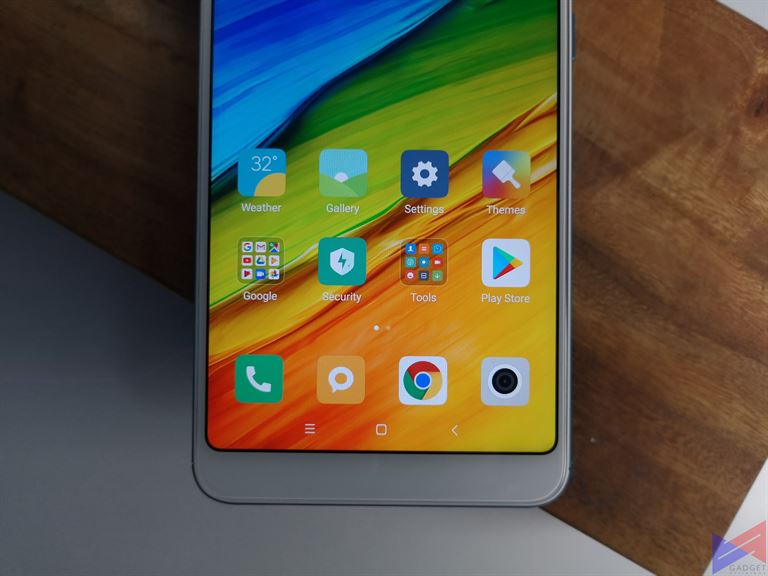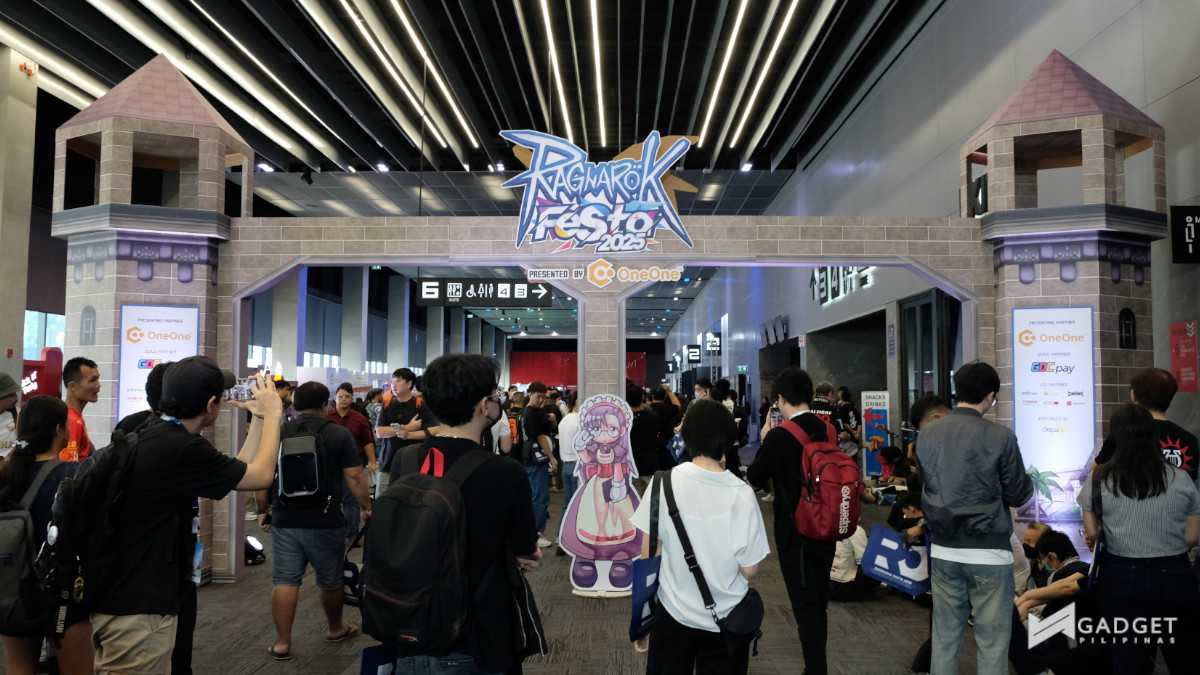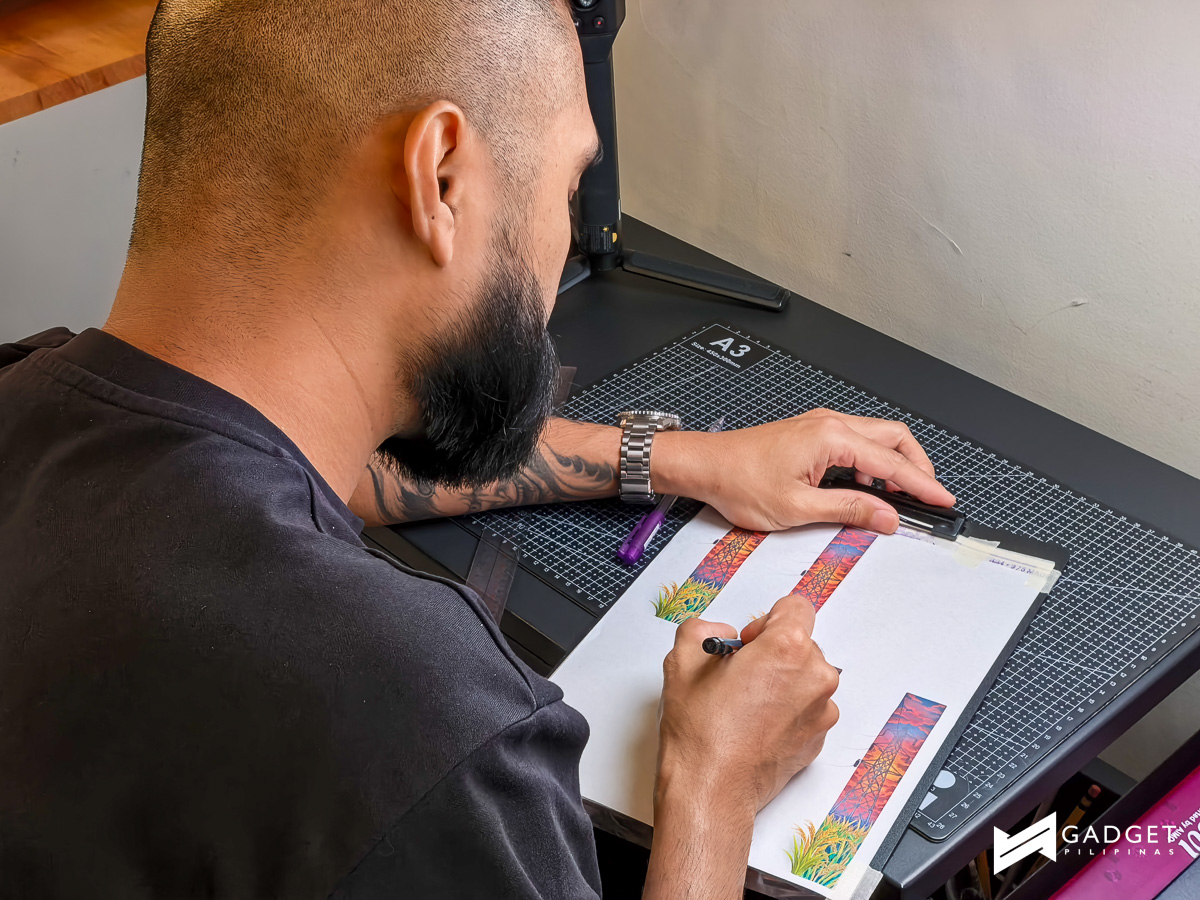The launch of the Redmi Note 5 sparked a lot of interest from Filipino consumers. And it’s not hard to see why. Not only is it priced well at PhP11,990, but it offers features that you just wouldn’t expect from a device with that price tag.
Perhaps the two most notable things from this phone is that it’s powered by a Snapdragon 636, that’s the same chip that runs on more expensive mid-rangers. And guess what? You also get AI-assisted cameras.
Were there compromises? How does the phone fare? Let’s find that out in this full review.
Xiaomi Redmi Note 5 Specs
[table id=74 /]
Unboxing
Design and Build Quality
The Redmi Note 5 uses Xiaomi’s typical design language, a back with curved sides and a metallic finish that makes it easy to grip, and also makes it feel slightly less premium. You do get the usual branding, along with a fingerprint sensor, and a dual rear camera system that protrudes, as usual.
While the 18:9 display certainly adds more visual flair, I feel like they still could’ve slashed a few millimeters off the bottom bezel.
All the buttons are on the right, while a Hybrid SIM tray is housed on the opposite side. Again, I think that triple slot trays should now be a standard in the mid-range segment.
Most likely to keep costs down, the Redmi Note 5 sticks to a standard microUSB port at the bottom, along with a speaker grill, microphone, and headphone jack.
The 5.99-inch display has FHD+ resolution delivers great detail. The default color temperature looks quite pale, so you’ll probably want to adjust it in the settings. Unless of course, that’s your cup of tea.
Performance
- redmi note 5 bm 1
- redmi note 5 bm 1
- redmi note 5 bm 2
- redmi note 5 bm 2
- redmi note 5 bm 3
- redmi note 5 bm 3
As a daily driver, the Redmi Note 5 will most likely please most users as far as performance goes. If you’re like me who often forgets to close apps, multiple apps, then you’d have no problems with this phone, as it can handle multi-tasking very well.
 With a Qualcomm Snapdragon 636 on-board, the Redmi Note 5 breezed through games such as Real Racing 3, Arena of Valor, and Tekken with no major issues.
With a Qualcomm Snapdragon 636 on-board, the Redmi Note 5 breezed through games such as Real Racing 3, Arena of Valor, and Tekken with no major issues.
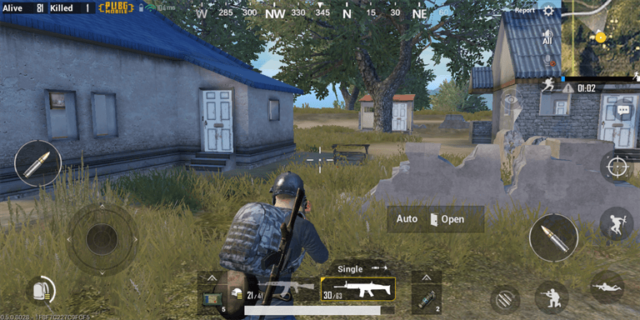 You can also play PUBG in balanced settings just fine. The device’s thermal performance is also impressive, as there were no signs of throttling in any of the games I’ve played.
You can also play PUBG in balanced settings just fine. The device’s thermal performance is also impressive, as there were no signs of throttling in any of the games I’ve played.
Camera
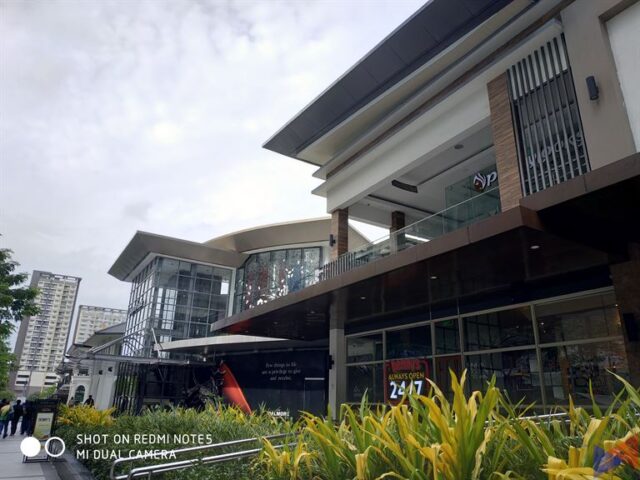


 The Redmi Note 5’s cameras are also impressive, with AI scene detection that works well for most instances. Rear camera shots were sharp, detailed, and color accuracy is also on point. Focusing speed is also quite fast, thanks to Dual Pixel PDAF. Of course, it won’t go near flagship levels, but I’d dare say that at times, it can duke it out with a number of more expensive devices.
The Redmi Note 5’s cameras are also impressive, with AI scene detection that works well for most instances. Rear camera shots were sharp, detailed, and color accuracy is also on point. Focusing speed is also quite fast, thanks to Dual Pixel PDAF. Of course, it won’t go near flagship levels, but I’d dare say that at times, it can duke it out with a number of more expensive devices.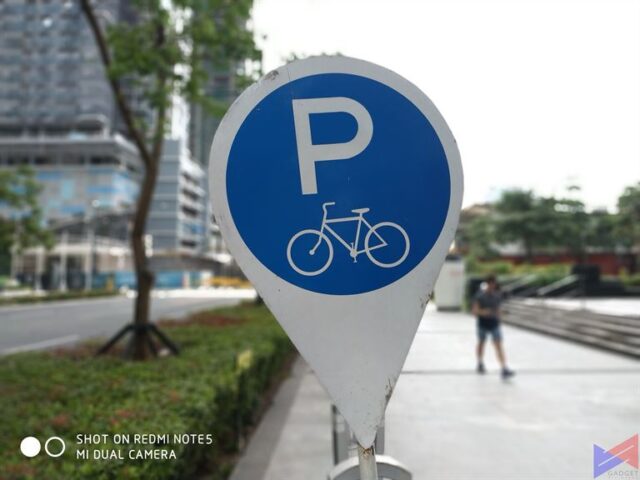
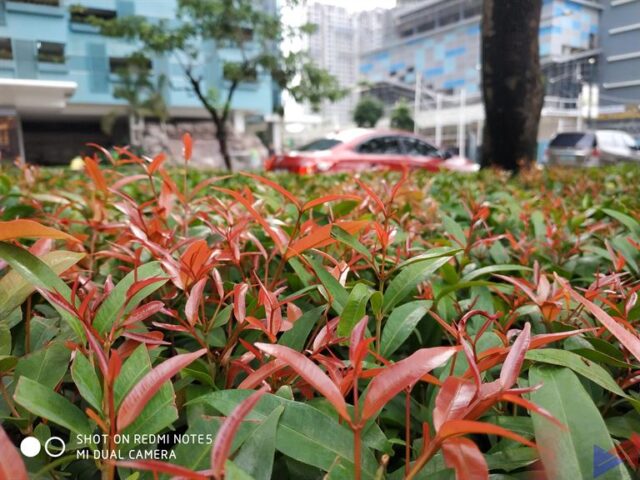
Enabling the depth of field effect delivers a decent blur to the background. There’s minor pixelation in some shots, and the way it over sharpens edges can be a bit too much at times. Hopefully, these can be resolved by an update.
 The front camera takes decent selfies, but also suffers from the same troubles when the depth of field effect is applied.
The front camera takes decent selfies, but also suffers from the same troubles when the depth of field effect is applied.
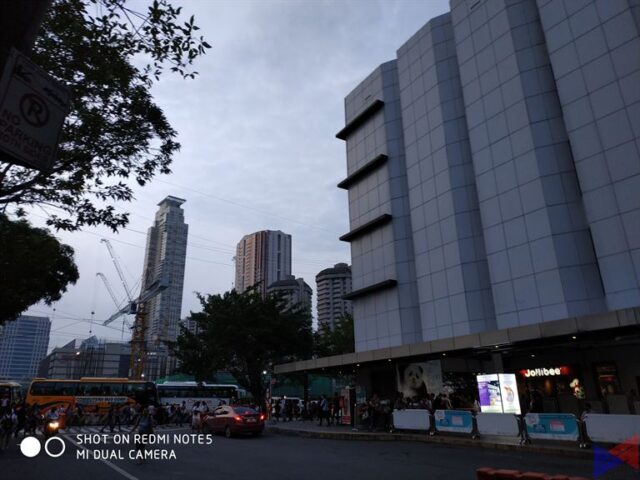 Low light shots can be grainy. Fortunately, there’s a feature that can automatically enhance low light photos, with a noticeable effect.
Low light shots can be grainy. Fortunately, there’s a feature that can automatically enhance low light photos, with a noticeable effect.
Software
The Redmi Note 5 AI runs on MIUI 9.5 on top of Android 8.1 Oreo. The UI itself is fast, fluid, and snappy. It also seems to less cluttered, more simplified, and straightforward.
Fingerprint scanning is quite fast and works most of the time. Other features include Dual Apps, which basically lets you login to two different accounts with one social media app. Then there’s Second Space, which sets up another instance of the phone, wherein you can install a different set of apps. Very useful when you’re letting someone else use your phone.
Battery
Be sure to take note of this portion. Because if there’s anything that really blew me away, it’s the Redmi Note 5’s battery life. As PCMark’s battery test crashed, I decided to use a video test instead. Playing a video on loop at 50% brightness and 80% volume, the device managed to squeeze a staggering 19 hours!
The only drawback is that you’d have to stay a bit longer beside the power socket, as it takes a while to charge that 4,000mAh battery.
Emman has been writing technical and feature articles since 2010. Prior to this, he became one of the instructors at Asia Pacific College in 2008, and eventually landed a job as Business Analyst and Technical Writer at Integrated Open Source Solutions for almost 3 years.

